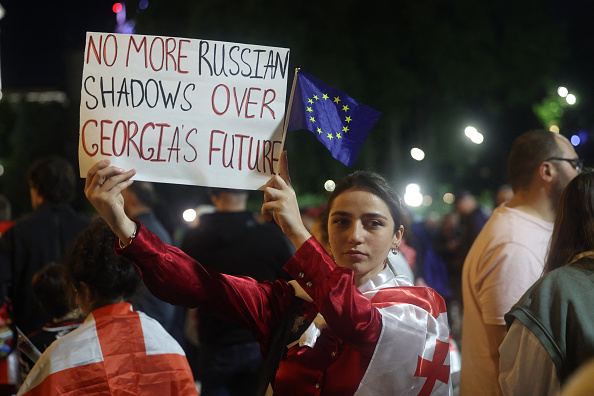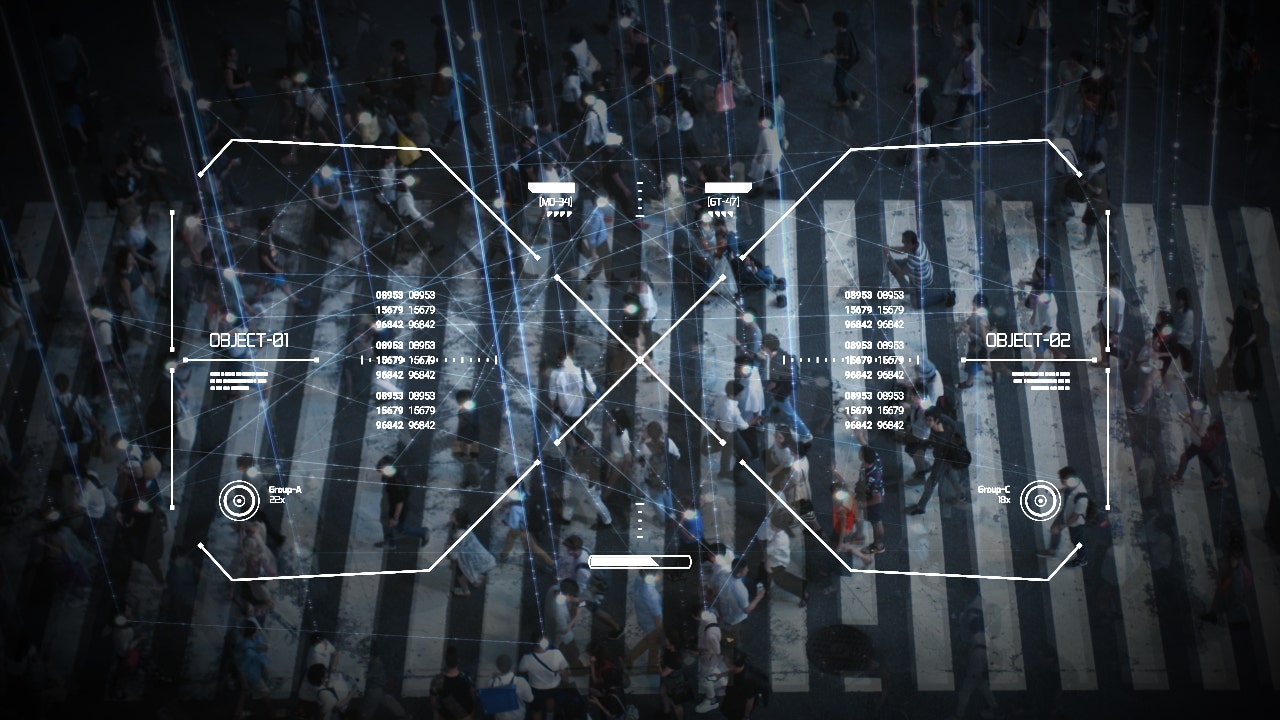“Digital nomad” visas are increasingly being used by countries to attract remote corporate workers, according to tax experts, as governments seek to outbid each other in a global war for talent.
More countries have introduced a form of digital nomad visa — allowing a person to live in a country and work remotely — since the pandemic increased demand from employees to “work from anywhere”.
The notion of a “digital nomad” has tended to suggest footloose freelancers backpacking across countries or working on beaches from their laptops.
But self-employed digital nomads make up a relatively small slice of the total community. While their numbers have grown by more than 50 per cent since the pandemic, according to figures from MBO Partners, they were not the main group governments are trying to attract, global mobility experts told the FT.
“The ‘nomad’ visa is ironically not done for nomads,” said Gonçalo Hall, CEO of NomadX, a remote work consultancy, who advises governments on how to launch digital nomad communities.
“Most governments are seeing [nomad visas] as a way to attract remote workers with the clear intention of getting them to stay and become permanent residents in their countries.”

The total number of US digital nomads hit 17.3mn in 2023, according to MBO Partners, of which just 6.6mn were self-employed. The survey only tracks Americans, thought to be the largest group of digital nomads by nationality. Remote salaried workers are not taking jobs from locals and their consumer activity contributes to their host economy.
Countries were jumping on the “buzzword” of digital nomads, but really the visas “should be called remote worker visas”, Hall said.
Italy last month became the most recent country to introduce a digital nomad visa, joining several European countries, including Portugal, Estonia, Greece, Malta and Spain, that are trying to attract a growing global remote workforce.
Pallas Mudist at Enterprise Estonia, a government agency, said: “Estonia’s digital nomad visa is specifically designed to attract not just entrepreneurs and freelancers but also salaried remote workers.”
The visas are only open to non-Europeans, with about 600 issued since the scheme launched in August 2020. But overall the government estimates that 51,000 digital nomads visited Estonia in 2023, including Europeans who do not need a visa.
Similar programmes have also been introduced in Barbados, Brazil, Cape Verde, Costa Rica, Mauritius and the UAE among others. While there are no official figures on the number of countries that have introduced the visas, tax experts point to sources compiled by digital nomads such as nomadgirl.co, which says there are now 58 countries offering them.
Daida Hadzic, a global mobility tax expert at KPMG, said that ageing societies was one reason governments were seeking to attract remote corporate employees using digital nomad visas. If such employees settle permanently in the country, they will contribute their skills and labour over the longer term too.
“The driving force behind digital nomad visas is that these countries are in competition with each other over labour,” she said.
Giorgia Maffini, tax expert at PwC UK, said countries offering digital nomad visas tended to be “a bit less competitive” at attracting foreign workers, citing Costa Rica, Croatia and Indonesia as examples.
Steve King, researcher at US-based workforce consultancy MBO Partners, said countries with digital nomad visa programmes often preferred salaried employees.
“Many countries see digital nomads with traditional jobs as tourists on steroids who will spend money locally, but won’t take local jobs or be a burden on local social services,” he said.
Marta Aguilar, who lives in Spain, said she spent almost half the year travelling the world while working for Coverflex, a flexible compensation company based in Portugal.
The company has no offices and employees work fully remotely, with a €1,000 a year remote working budget.
“I don’t like winter. So, I haven’t had winter for two years. I just skipped it,” said Aguilar.
However, the international tax system is often difficult to navigate for remote workers as the rules were not designed for a more mobile workforce.
For companies, a key risk when employees work remotely is that the country they are in can be deemed a de facto business branch, or “permanent establishment” of the employer for tax purposes. That imposes tax reporting requirements on the business and means some of the business’s profits are potentially liable for tax in the country in which the employee is working.
Remote workers can also expose themselves to income and social security taxes on earnings generated while working abroad and potentially end up liable for tax in multiple places, also exposing the employer to liability.
Several intergovernmental bodies, including the EU, OECD and UN, are examining ways to make it easier for businesses and countries. In February, the European Economic and Social Committee recommended the taxation of remote employees take place in the country of the employer’s residence, with some tax revenue shared with the employee’s resident country.

Experts also warn that some countries risk losing tax revenues as workers relocate — particularly if they move to lower-taxed jurisdictions.
“The problem with, say, the UK is we are so dependent on labour, and our weather is not great. [The trend for more remote working] may well lead to a lot of people going to, say, Greece, and undermining our tax base,” said Grant Wardell-Johnson, global tax policy leader at KPMG International.
These risks are thought to be small, for now. Rough estimates by the IMF in 2022 found that increased remote working reallocates about $40bn of the income tax that workers pay globally. This represents roughly 1.25 per cent of the global income tax base. The potential revenue either lost or gained across countries was found to be between 0.1 and 0.2 per cent of GDP.
Small emerging market economies “with below-average tax rates and good remote work capability” typically gain the most from the trend, the research found — underlying the potential for tax winners and losers.
Dino Jangra, a partner at Crowe, said: “In most countries, payroll wage tax is the biggest take. If you start to see a lot of people leaving your country, that becomes a problem.”
However, growth in remote working has slowed of late. According to MBO, the numbers of US digital nomads rose by just 2 per cent last year.
“I don’t think the digital nomad concept has so far quite turned out how people thought it would. There’s definitely been a wave of ‘get your bums back to the office’ happening all around the world,” said Jangra.















/cdn.vox-cdn.com/uploads/chorus_asset/file/25454513/New_Shepard_launch.jpg)


















